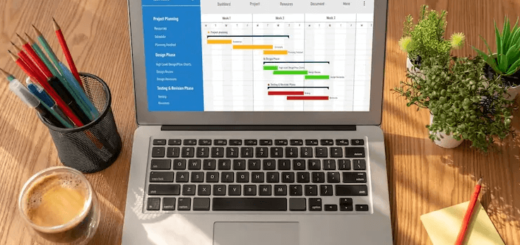Importance of Tracking Employee Training
Every organisation has the required skills, rules, regulations, knowledge of organisational workings, etc., that they want each new staff to know and imbibe. They pass this knowledge on through training. The need for training also goes beyond the process of onboarding new staff. Exercise is also needed throughout the employee’s stay at the organisation. The training may inform staff about current best practises or new requirements from the regulatory agencies.
















